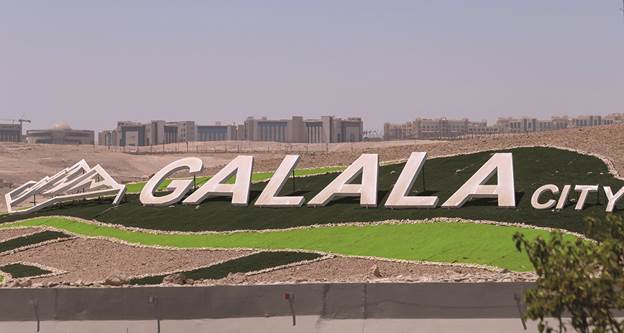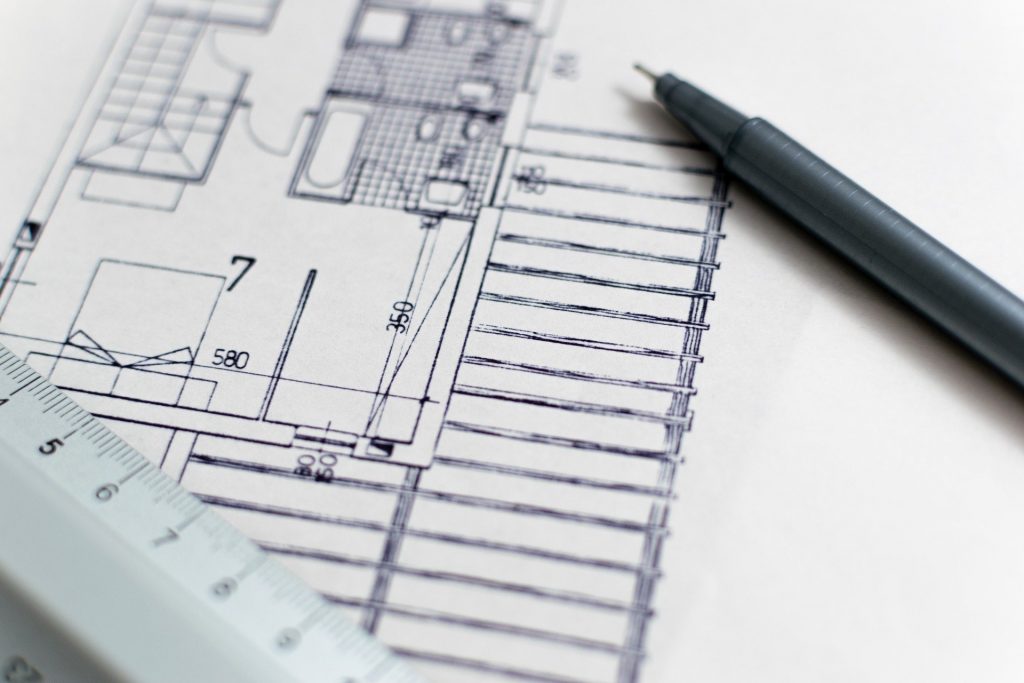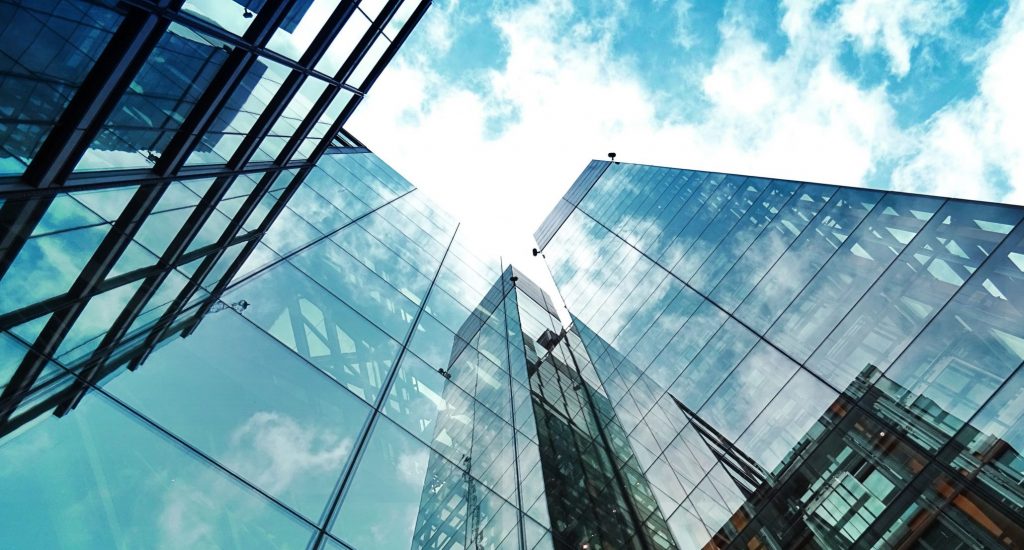The government is betting its newly built cities can relieve overcrowded existing metropolises. However, a report from Cityscape and Colliers says relying on mixed-use developments to attract residents might not be enough.
For the past eight years, the government has been pushing to increase Egypt’s livable area to accommodate population growth of 2% a year. Speaking at a press event in December, Essam el-Gazzar, minister of housing, utilities and urban development, said Egypt’s livable area has now covered 13.7% of its total land. The original target was to achieve 14% by 2052.

The government has been building new cities across the country, starting with the New Administrative Capital (NAC) and New Alamein, and is expanding new urban areas, including New Toushka, New Qena, and New Assiut, said el-Gazzar. It also is building new cities on the outskirts of governorates, including New Aswan and West Qena. In November, the government announced plans to build 45 cities by 2052.
During the December conference, El Gazzar said the plan is to add 800,000 to 1 million residential units a year.
However, a January report from Colliers and Cityscape noted that attracting residents to new cities is the government’s biggest challenge. “While residential units are easily being sold … mostly in anticipation of capital appreciation, occupancy rates across the majority of new cities do not exceed 30%,” it noted.
The key to turning these cities from “investment dormitory towns into self-sustaining urban infrastructure” goes beyond mixed-use elements to building industrial areas that create jobs. The report noted that the latest technologies embedded in smart cities would offer residents more conveniences, invariably raising occupancy rates and attracting such investors.
“New cities” landscape
The Cityscape report classifies one type of low-occupancy new city into several categories. The first is “satellite” metropolises. They are “small or medium-sized self-sustained communities located outside” Cairo, it said. “However, [they function] as part of a city center.” Examples include New Cairo, 6th of October City, and Badr and Al Obour cities.
The government started building those metropolises in the 1970s, primarily as industrial cities. Later ones, such as Sheikh Zayed, largely accommodated increasing population.
The other type of cities are classified as “twin cities,” which are “in close geographic proximity to the existing urban cities with similar administrative status,” the report noted. They include New Damietta, New Bani Suef and New Minya.
Their primary purpose is to create economic opportunities for residents, “offering regional services, light and basic industries,” the report explained.
Other cities are predominantly industrial metropolises with residential complexes. The Cityscape report classifies them as “Independent Cities,” including 10th of Ramadan City, Sadat (a failed attempt to replace Cairo as Egypt’s capital) and New Borg El Arab.
Their latest iterations are NAC, New Alamein and almost all of the 45 new metropolises announced since the last quarter of 2018. Those cities will mainly rely on advanced technologies such as artificial intelligence and 5G high-speed networks to offer residents more conveniences. Ultimately, those metropolises would prove the most high-profile and expensive to own.
The report noted that property in all new cities saw increasing demand after the 2016 currency devaluation. However, it said most homes were not bought as residences. Instead, buyers considered them a “safe haven for investors to hedge against the currency devaluation. Regardless of the additional supply coming into the market within the new cities, [they are] still witnessing a strong performance.”
Attractive residence
The Cityscape report said most property buyers are increasingly demanding when selecting their homes. That, in turn, raises prices in neighborhoods with various amenities and conveniences. “Ensuring the proper social infrastructure to meet the continual aspirations of a growing, diversified population base is essential in a competitive environment,” said Colliers in its survey analysis.
Those metropolises also attract buyers looking for long-term investments, believing they can sell them at a profit when needed.
Research by Colliers, which supported the Cityscape report, shows cities with high-quality education facilities could see property prices rise by 15%. However, it stressed “tuition fees should be aligned with community affordability levels.”
Buyers’ other preferences include accessibility and travel infrastructure, where easy transportation could increase a neighborhood’s prices by 10% to 15%. Parks, gardens and walkways could add 4% to 6% to unit prices and “up to 20% through the appropriate provision of retail,” said the report.
The report said property with all those amenities could be worth 25% to 45% more than similar properties with limited access to such conveniences.
The Cityscape report said New Cairo and 6th October City “are becoming more established” thanks to the rise of commercial malls. However, traditional neighborhoods like “Zamalek, Dokki, Mohandseen and Maadi are still popular” based on unit prices. Zamalek is “the most expensive area, given it is an established high-end neighborhood.”
That indicates a continued preference to remain in crowded older neighborhoods in Greater Cairo’s center.
During an interview with Cityscape, Ian Albert, CEO of Colliers MENA, explained the low occupancy in established “new cities” is due to limited investment in “schools, healthcare facilities, office space and retail entertainment centers.”
New-city jobs
Major factors that attract residents to new cities are jobs and investment opportunities. “Commercial activities are essential to building employment,” said Albert. “Concurrently, residential communities [must] support growth of commercial activity.”
New metropolises need to cater to people with different incomes, especially those with low earnings, as those individuals prefer to work near their homes. In recently built cities, “private sector developers rushed to develop high-end communities without considering a variety of affordability levels,” said the Cityscape report.
Albert explained the preference for high-end developments, saying: “Affordable housing profit margins are generally low.” Therefore, most real estate developers focus more on upscale developments with higher profit potential.
The Cityscape report said the government plays a pivotal role in attracting affordable housing investment. “In order to attract developers, government support and incentives are required on the land costs,” said Albert.
Additionally, the document said developers need to integrate affordable housing into their masterplans. That would include not only residential units but convenient low-income services, such as transportation. “Compounding profit margins from developing different, higher return components of … mixed-use development[s] … can achieve the [desired] returns for investors,” Albert explained.
Logistics, logistics
Developers need to invest in infrastructure to attract commercial businesses offering entertainment, healthcare, education, and food and beverages. And as more households rely on ordering goods and food online, a suitable digital infrastructure is required.
More developers are marketing amenities, including office space, schools, entertainment facilities, and medical care, among others, as “critical differentiators.” Accordingly, ensuring that commercial enterprises have easy access to their suppliers is paramount.
That fuels demand for easily-accessible warehouses and logistics specifically serving new cities, stressed the Cityscape report. Warehouses would have to be “smart logistic facilities that accommodate new requirements and technologies,” the report said. “These requirements include warehouses with automated systems, cold storage facilities, temperature-controlled warehouse spaces, vertical warehouses, co-working warehouses, build-to-suit and energy-saving technologies.”
The report singled out cold storage facilities as vital, yet lacking in most of Egypt’s new cities. The most significant factor fueling demand for such facilities is changing lifestyles resulting from COVID-19 and other global disruptions, such as the war in Ukraine. Other factors include “the increase in demand for a healthy diet, an increase [in] online grocery shopping, food security, food manufacturing and exports.”
The Cityscape report stressed the importance of rapid construction of such facilities, including cold storage, as they run at near maximum capacity. “In 2019, the occupancy rates [of cold storage] reached approximately 95% on average,” the document said.
That could prove a lucrative opportunity for investors, noted the report, because the government continues to have “limited investment in … social infrastructure and other supporting elements, [and] lack of adequate job creation.”
Connecting tissue
The Cityscape report said widespread digital technology infrastructure in new cities would attract investment in supporting properties, such as warehouses. Developers could easily link to residents and businesses, creating new opportunities. “Artificial Intelligence will be the driving force for Egypt’s Vision 2030, [fueled by] its AI national strategy (2020-2025),” it said.
The NAC is in pole position to attract investors in warehouses and other essential developments to attract residents and commercial developers. The Cityscape report highlighted talks between the new capital’s developers and Vodafone Egypt to extend high-speed 5G. “The company is conducting many meetings and discussions with [the National Telecom Regulatory Authority] NTRA regarding the launch of 5G,” Vodafone Egypt CEO Mohamed Abdallah told Daily News Egypt in November. “We aim to start trial operation of 5G services in the New Administrative Capital. “The infrastructure of the New Capital is a major focus that attracts investment, which has encouraged the company to conduct the 5G experiment in the capital in coordination with the NTRA.”
The NAC’s developers signed a deal with Orange Egypt in 2020 to develop internet-of-things solutions, cloud computing and artificial intelligence. The first step is to build a data center to realize the target of having a “smart capital,” said Orange Egypt’s press release. “Orange Egypt will provide the main infrastructure to establish and operate the data center that will enable the administrative capital city to exploit smart technologies to provide various services.”
According to Orange Egypt, those services include IoT solutions, cloud computing, artificial intelligence platforms, triple-play services (Internet, fixed phone, TV) and facility management utilities.
The Cityscape report said those joint projects could include other metropolises. “The agreements help the country realize its ambition to build the first of 14 planned smart cities.”
Rising prices
The report stated that competition among developers to sell residential units in newer cities would likely increase as companies add amenities to gated complexes and push them upmarket. “Developers have always been at the forefront of innovation, be it through large-scale master plans to innovative financing through to the provision of integral sports clubs,” the document noted.
Another factor driving property prices is construction costs, which are rising with little hope of a reversal. “Costs will be increasing due to an upward push on construction-related global commodities, a bounce-back of real estate activity and increased global demand for construction materials,” Albert said.
In mid-March, Beni Suef Cement CEO Farouk Moustafa told Enterprise that energy accounted for 50% of the jump in cement prices. Those increases are causing another problem as several manufacturers talking to Enterprise said they would “temporarily suspend production and rely on selling stockpiles.”
The news company added that much cement inventory was produced when prices were low, yet producers sell it at current prices to “ensure enough of a margin to cover the costs of their next … purchase.”
That invariably means private developers would find it increasingly financially unfeasible to build low-profit-margin affordable housing. “It’s only natural that [real estate developers] will transfer this higher cost to the end product,” Arabian Cement CEO Sergio Alcantarilla told Enterprise in March.
Ultimately, that means newer cities could find it increasingly harder to increase their populations. That likely would create a domino effect, starting with employees in commercial properties finding it less attractive to work in cities far from their existing well-served communities. That could eventually spill over to retail and support properties such as warehouses and logistics companies. The last domino is residents might leave those new cities, as they see them as increasingly difficult to live in, given the better services and conveniences present in the older towns and neighborhoods.
Ultimately, the Cityscape report said, this would make those new cities more like investment havens than places where people live, work and play. In the long term, property investors would shy away from new metropolises in favor of more crowded, established neighborhoods.







